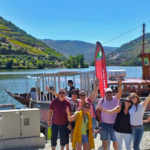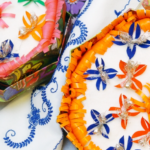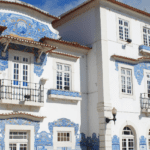Queijo da Serra, the gold that comes from the sheep
We share with you the story of the delicious Serra da Estrela cheese, a truly Portuguese product.
If you intend to travel through Serra da Estrela, it is mandatory to taste – and maybe take with you – the famous cheese, a food with Protected Designation of Origin. It is from the sheep that this wonder of gastronomy comes, a cheese made according to ancestral traditions.
Queijo da Serra da Estrela, made by the hands of mountain villages hundreds of years ago, is today one of the most famous and most appreciated cheeses in the world. As an artisanal tradition, references to this type of cheese date back to Roman times, and the process of making it was first described in what is now considered the first Treatise on Agriculture*.
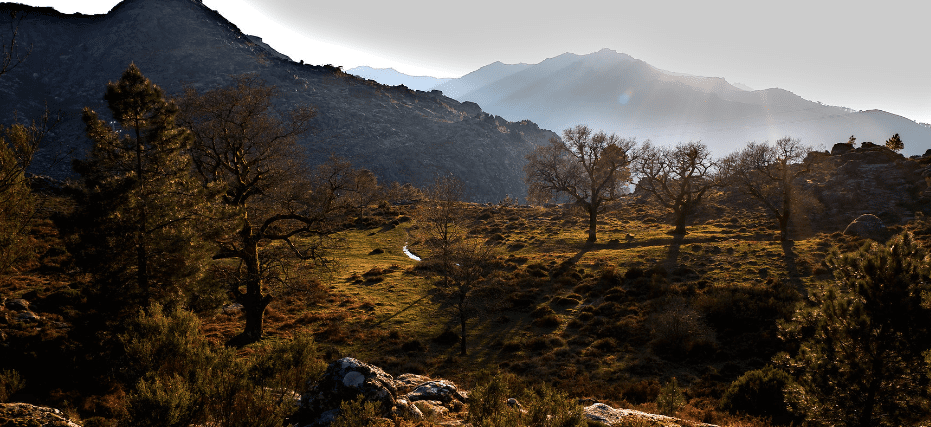
Cheese making
Produced exclusively from the milk of Bordaleira and Churra Mondegueira sheep, its manufacture is mostly handmade and is due to the wisdom of the mountain cheesemakers. Thus, Queijo da Serra goes beyond a gastronomic product, already assuming a place of heritage in the region of Beira Interior, where it is produced.
For any inhabitant of the region, when asked what is most typical in his land, the answer will always be, without a doubt, the Queijo da Serra, and consequently, its derivatives, such as whey and cottage cheese. This heritage product extends over the municipalities of Celorico da Beira, Fornos de Algodres, Guarda, Gouveia, Seia, Oliveira do Hospital, Manteigas, Carregal do Sal, Nelas, Mangualde, Penalva do Castelo and some parishes in the municipalities of Tábua, Arganil, Viseu and Trancoso.
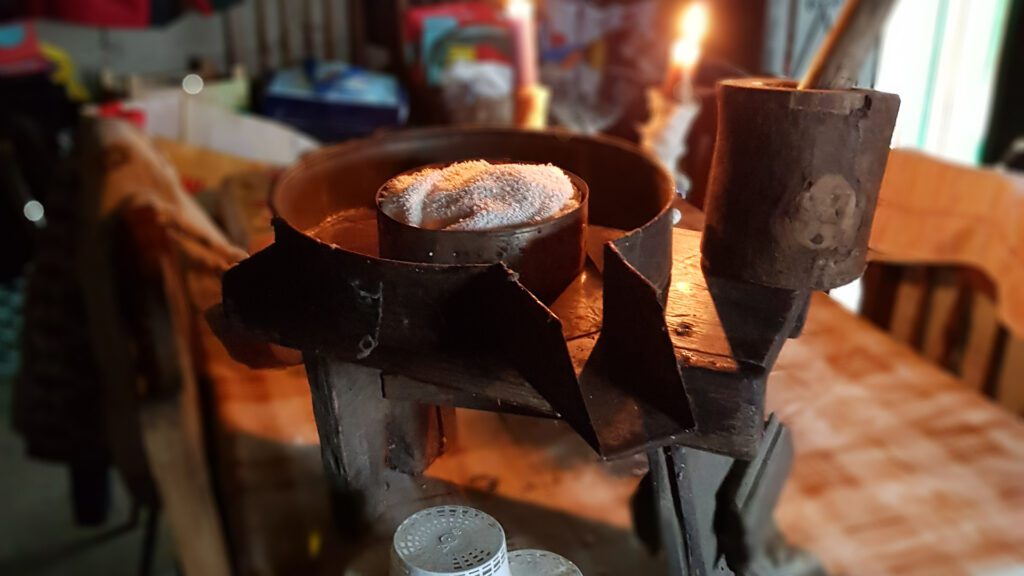
The importance of the economy
For centuries, Queijo da Serra was the main source of income for these lands, being the product with the greatest economic importance in the families that produced it. From this region to the country, and to the world (even before it was officially exported through major commercial brands) there was already a whole export, albeit unofficial, of this product, which through emigrants left for the four corners of the world, either for their own consumption or for resale to their acquaintances and friends who were also already devotees of this “Santa Pasta”.
The economy of the region owes a lot to cheese, because until a few years ago, there were weekly and fortnightly markets in all the towns mentioned above just for buying and selling Queijo da Serra, where customers from distant parts of the country came to access this product. From an economic point of view, these transactions were very important, because when people came to buy cheese, other products from the region were also sought and taken away, thus increasing the regional economy, and the family economy of the inhabitants.


From history to updating and its relationship with today’s tourism
Currently, Queijo da Serra is the key to regional development as the cheese is highly appreciated and sought after, with supply not enough to meet demand. Since it is something that is already considered traditional and cultural heritage, combining it with tourism and other products that the region has, it is undoubtedly a unique form of sustainability for the region and its inhabitants.
*”Res Rustica”, Lucio Junio Moderato “Columela”, Séc.I D.C.
“It is on the vast and verdant slopes of Serra da Estrela that all the conditions are met for the production of one of the tastiest Portuguese traditions.”
Over the centuries, several Portuguese kings have recognized the richness of this national artisanal product, offering it to illustrious guests, which proves that it is a product that is part of our gastronomic heritage, being a tradition for the people of the Serra. Don’t miss out!

